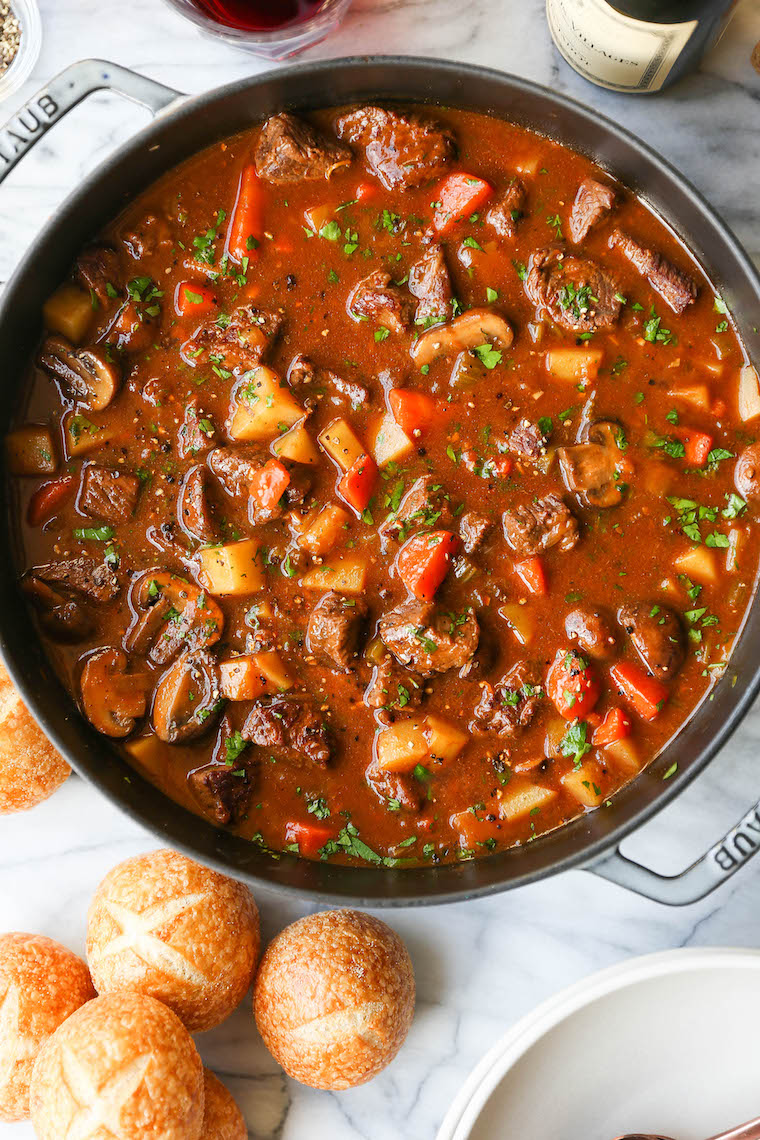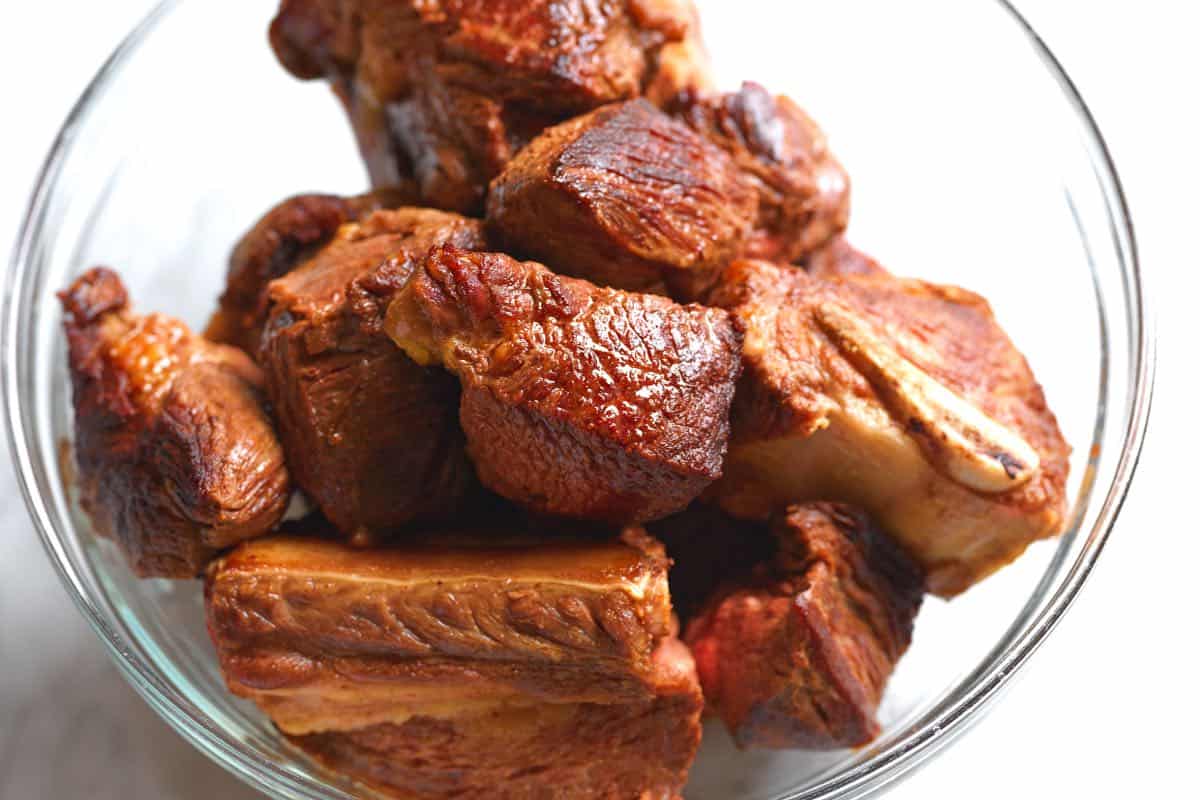From Ranch to Table: Fresh and Premium Meat Choices
The trip of meat from farm to table encapsulates a complicated interaction of quality, ethics, and sustainability. With a raising emphasis on fresh and exceptional alternatives, consumers are currently extra inclined to consider the beginnings of their food, bring about a renewed emphasis on sustainable farming techniques and pet well-being criteria. This change not just boosts the nutritional profile of meat but likewise supports local economic climates. However, the ramifications of these options prolong far past personal health and regional farming. What does this mean for the future of food systems and customer practices?
Understanding Meat Sourcing
As consumers end up being significantly mindful of the origins of their food, recognizing meat sourcing has actually acquired paramount value. Meat sourcing includes tracing the journey of meat from ranch to table, including different factors such as farming methods, animal welfare, and environmental impact. This awareness encourages consumers to make enlightened selections that align with their values, especially pertaining to sustainability and honest considerations.
The sourcing of meat can differ significantly based on multiple criteria, including the kind of animals, farming methods, and geographical location. As an example, grass-fed beef frequently comes from pasture-based systems that advertise animal well-being and decrease ecological destruction. On the other hand, standard meat may include intensive farming methods that raise issues pertaining to antibiotic use and habitat devastation.
Additionally, traceability plays a critical function in meat sourcing. Recognizing the specific ranch or area where the meat originates assists consumers make sure quality and safety. Several customers now seek certifications or labels that show gentle therapy and sustainable methods, mirroring a growing demand for openness in the food supply chain. Inevitably, comprehending meat sourcing not only improves consumer choice yet also promotes responsible usage and supports moral farming methods.
Benefits of Fresh Meat
Selecting fresh meat supplies many benefits that extend beyond taste and appearance. Fresh meat generally retains higher dietary value compared to its frozen or refined equivalents. It is typically richer in essential nutrients, such as B vitamins, iron, and zinc, which are essential for maintaining general health.
Moreover, the sourcing of fresh meat frequently entails shorter supply chains, minimizing the time in between farm and table. This implies that the meat is much less most likely to lose its dietary integrity during transportation and storage. Additionally, customers can experience improved taste and juiciness, which can boost cooking experiences.
Fresh meat also gives a possibility for customers to sustain neighborhood farmers and promote sustainable farming practices. When acquiring from neighborhood resources, people can contribute to their neighborhood economic situation and promote a higher link to the food they eat.
Finally, fresh meat is usually without the chemicals and additives frequently located in refined choices. This makes it a cleaner, healthier option for those looking to minimize their intake of fabricated ingredients. On the whole, the benefits of choosing fresh meat incorporate wellness, taste, and a feeling of community engagement.
Animal Welfare Requirements
Making sure high pet welfare criteria is vital for both honest factors to consider and the top quality of meat products. The therapy of livestock directly affects not only the honest implications of meat manufacturing yet additionally the general quality and safety of completion products. Animals elevated in gentle conditions are much less stressed out, bring about much healthier animals and, consequently, premium meat top quality.
Rules and qualifications concerning animal welfare have ended up being significantly substantial in the meat industry. These structures make certain animals are given with appropriate room, correct nutrition, and humane handling throughout their lives. Practices such as pasture-raised systems and free-range atmospheres add to much better animal welfare by allowing pets to exhibit natural behaviors, which is vital for their health.
Moreover, consumers are coming to be extra discerning regarding the resources of their meat, bring about a growing demand for products that follow stringent pet well-being requirements. This change not just advertises moral farming methods however likewise urges manufacturers to embrace steps that enhance the wellness and well-being of their pets. Meat. Inevitably, focusing on pet welfare is not just a moral imperative; it is additionally a path to generating premium-quality meat that satisfies customer assumptions

Sustainable Farming Practices
Lasting farming practices play an essential duty in boosting both pet well-being and the quality of meat items. These techniques highlight the importance of environmental stewardship, ethical therapy of livestock, and source efficiency. By implementing rotational grazing, farmers can advertise healthy and balanced pasture ecosystems, permitting animals to feed on nutrient-rich grasses while protecting against overgrazing. This technique not only sustains animal health and wellness yet likewise enhances the dirt, decreasing the requirement for artificial fertilizers.
Furthermore, lasting farming typically integrates incorporated insect administration and organic feed choices, reducing using hazardous chemicals. This approach not just safeguards animal well-being yet internet additionally causes cleaner, more secure meat products for customers. Water conservation strategies, such as rain harvesting and efficient irrigation systems, additionally contribute to sustainable methods, ensuring that resources are made use of deliberately.
Additionally, cultivating biodiversity through polyculture systems and maintaining habitats for wild animals enhances the durability of farming ecological communities. By prioritizing these sustainable methods, farmers can create top quality meat that meets customer demand while promoting ecological equilibrium. Ultimately, accepting sustainable farming practices is vital for producing a much more liable and resistant food system that profits animals, farmers, and customers alike.
Choosing Quality Over Amount
Regularly, customers are confronted with the problem of selecting between quantity and high quality when it pertains to meat products. While purchasing bigger amounts might appear economically beneficial, the long-lasting advantages of selecting premium meat far exceed the prompt cost savings. Quality meat is commonly sourced from pets elevated in sustainable environments, where they are given appropriate nourishment and treatment, causing exceptional taste and nutritional value.
Top quality meats are generally without unsafe ingredients, hormonal agents, and prescription antibiotics that are commonly existing in mass-produced alternatives (Meat). This not only makes sure a much healthier dining experience yet likewise supports moral farming methods that prioritize animal well-being. Additionally, costs meats tend to have a much better appearance and taste, improving the general culinary experience
Buying quality meat urges consumers to appreciate smaller sized parts, permitting for a more mindful method to eating. This change not only influences personal health positively yet likewise advertises sustainable intake patterns that can benefit the environment. In final thought, focusing on high quality over quantity when picking meat products fosters a more liable and health-conscious way why not check here of life, inevitably enriching both the eating experience and the earth.
Conclusion
